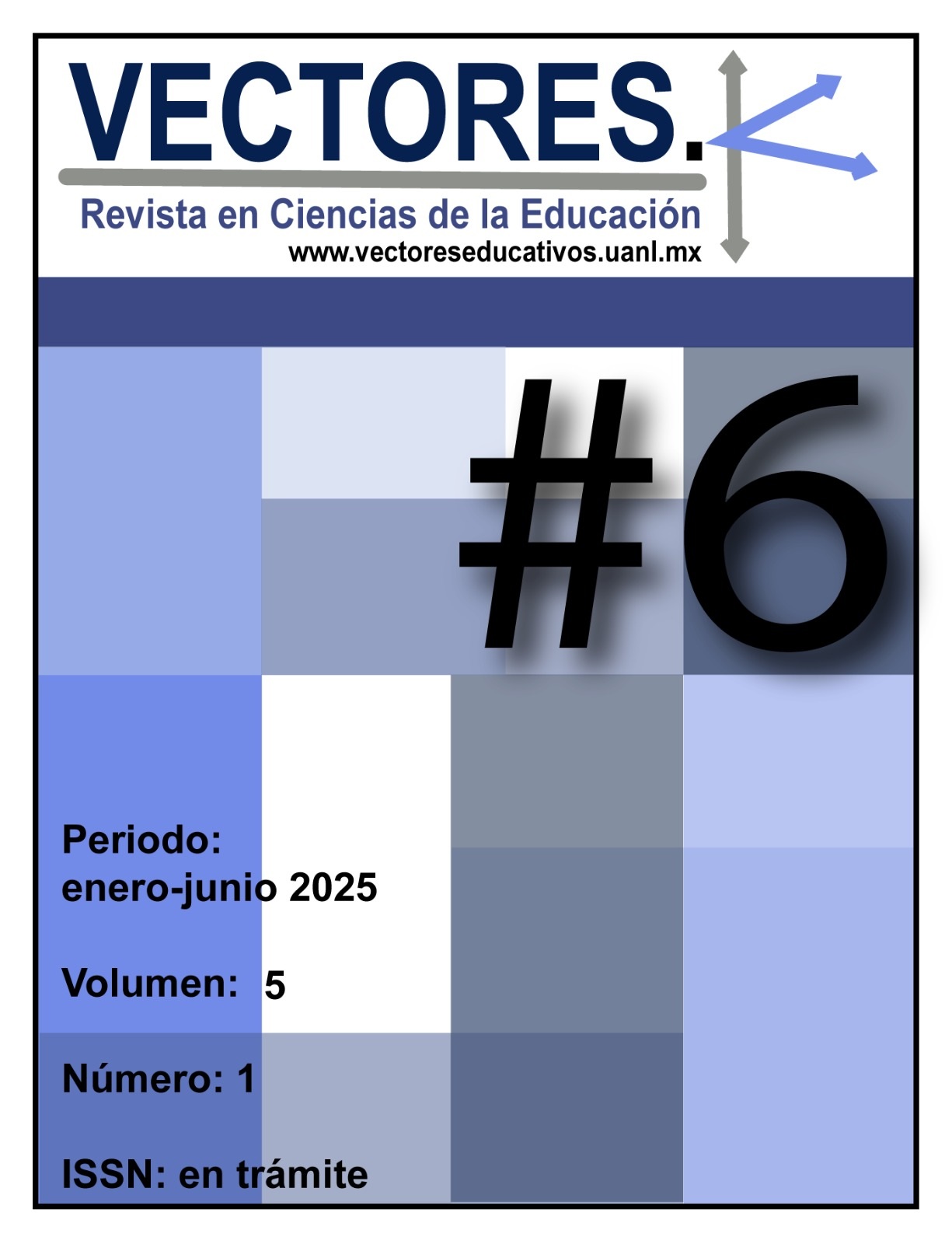La influencia de la ubicación del asiento en el comportamiento y aprendizaje de los estudiantes universitarios
Un estudio en la Facultad de Ciencias de la Comunicación de la UANL
DOI:
https://doi.org/10.56375/ve5.1-58Palabras clave:
Aprendizaje, Comportamiento, Ubicación del asiento, Atención, Comunicación educativa, Psicología del aulaResumen
Este estudio analiza la influencia de la ubicación del asiento en el aula sobre el comportamiento y el aprendizaje de los estudiantes de la Facultad de Ciencias de la Comunicación de la Universidad Autónoma de Nuevo León. A partir de un enfoque teórico basado en las teorías cognitivas, el constructivismo y la psicología genético-dialéctica, se exploran variables como la atención, el comportamiento y la accesibilidad en el entorno educativo. La metodología empleada consistió en observación directa y oculta en tres clases distintas, complementada con la aplicación de cuestionarios temáticos para evaluar el aprendizaje. Los resultados evidencian que los alumnos ubicados en las primeras filas presentan mayor atención, participación y rendimiento académico, mientras que aquellos en la parte posterior tienden a distraerse y obtener menores resultados. Se concluye que la ubicación espacial, el contacto visual con el docente y el diseño del aula son factores determinantes en el proceso de enseñanza-aprendizaje. Finalmente, se proponen nuevas líneas de investigación que consideran variables contextuales como el tiempo académico y la interacción no verbal en el aula.
Descargas
Citas
Ausubel, D. P. (1983). Teoría del aprendizaje significativo. Trillas.
Bandura, A. (1986). Social foundations of thought and action: A social cognitive theory. Prentice-Hall.
Bihari, B. (2022). Significance of Nonverbal Communication and Paralinguistic Features in Communication: A Critical Analysis. International Journal for Innovative Research in Multidisciplinary Fiel, 8 (4). http://dx.doi.org/10.2015/IJIRMF/202204029
Branden, N. (1994). Los seis pilares de la autoestima. Paidós.
Bruner, J. S. (1996). La educación, puerta de la cultura. Gedisa.
Bryle, K., Bonhoc, N., Ramis, D., Egali, K. y Arciosa, Z. (2023). Efecto de la disposición de los asientos en el aula en participación del estudiante. Departamento de Escuela Secundaria Superior
Freire, P. (1970). Pedagogía del oprimido. Siglo XXI Editores.
Gibson, J. J. (1966). The senses considered as perceptual systems . Houghton Mifflin.
James, W. (1890). The principles of psychology (Vol. 1, ). H. Holt and Company.
James, W. (1890). The principles of psychology. Henry Holt and Company.
Kandel, E. R., Jessell, T. M., & Schwartz, J. H. (2000). Neurociencia y conducta. McGraw-Hill.
Knapp, M. L. (1982). La comunicación no verbal: El cuerpo y el entorno. Paidós Ibérica.
Marx, K. (1967). Tesis sobre Feuerbach. En La ideología alemana. Ediciones Sociales.
Mendoza, M. O. (2004). Guía para la elaboración del protocolo de investigación. Universidad de Texcoco. Recuperado el 18 de mayo de 2014, de http://www.scribd.com/doc/2411502/Guia-la-elaboracion-del-protocolo-de-investigacion
Piaget, J. (1970). La psicología del niño. Morata.
RAE. (2014). Diccionario de la lengua española (23.ª ed.). Real Academia Española.
Román, W. y Gómez, E. (2023). Ambientación del aula como escenario estimulador en el aprendizaje de los estudiantes de pre-primario. Revista educare, 27 (1), https://revistas.investigacion-upelipb.com/index.php/educare/article/download/1893/1743/4425
Rosenberg, M. (1965). Society and the adolescent self-image. Princeton University Press.
Salazar, J. M. (s.f.). Psicología social. Editorial Trillas.
Tudela, P. (1992). Procesos psicológicos básicos. Universidad Nacional de Educación a Distancia.
UNESCO. (2009). Directrices sobre inclusión en la educación. París: UNESCO.
Vygotsky, L. S. (1968). El desarrollo de los procesos psicológicos superiores. Crítica.
WAI. (2018). Web Content Accessibility Guidelines (WCAG) 2.1. World Wide Web Consortium (W3C). https://www.w3.org/TR/WCAG21/
Descargas
Publicado
Cómo citar
Número
Sección
Licencia
Derechos de autor 2025 Lewis Dawson, Francisco Saucedo Espinosa

Esta obra está bajo una licencia internacional Creative Commons Atribución 4.0.





